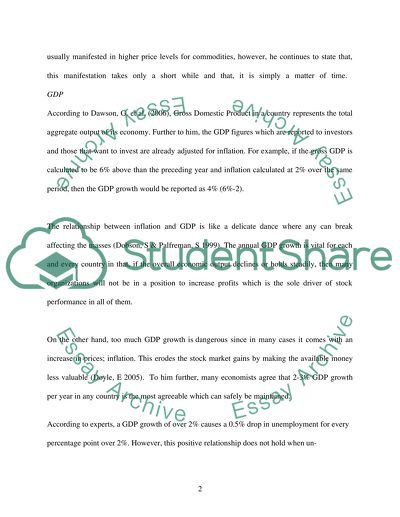Cite this document
(Economic Data Analysis Using Software STATA Coursework, n.d.)
Economic Data Analysis Using Software STATA Coursework. Retrieved from https://studentshare.org/macro-microeconomics/1544029-economic-data-analysis-using-software-stata
Economic Data Analysis Using Software STATA Coursework. Retrieved from https://studentshare.org/macro-microeconomics/1544029-economic-data-analysis-using-software-stata
(Economic Data Analysis Using Software STATA Coursework)
Economic Data Analysis Using Software STATA Coursework. https://studentshare.org/macro-microeconomics/1544029-economic-data-analysis-using-software-stata.
Economic Data Analysis Using Software STATA Coursework. https://studentshare.org/macro-microeconomics/1544029-economic-data-analysis-using-software-stata.
“Economic Data Analysis Using Software STATA Coursework”. https://studentshare.org/macro-microeconomics/1544029-economic-data-analysis-using-software-stata.


